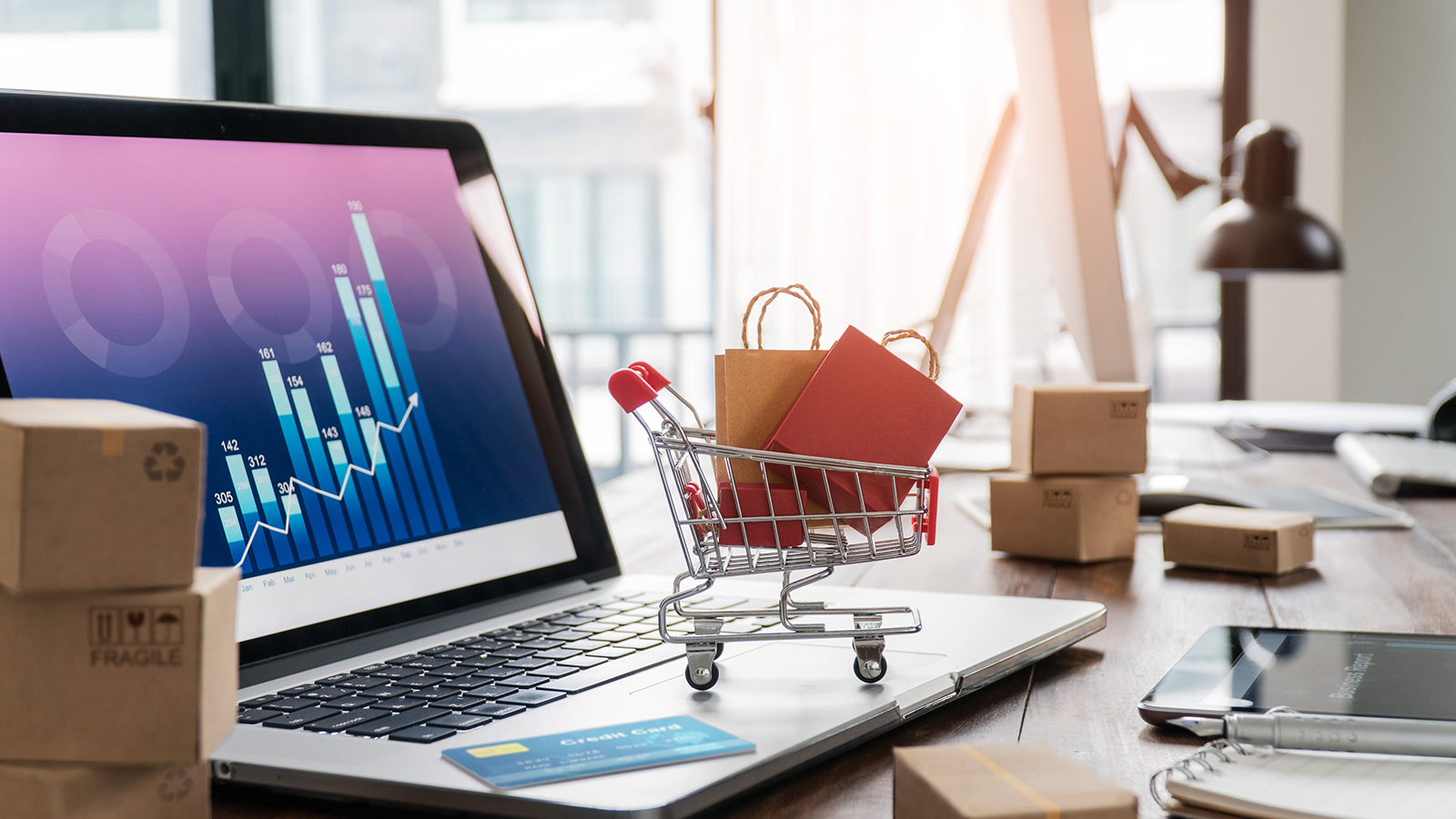
For many businesses across the ASEAN region, the vast and affluent European e-commerce market represents a compelling next frontier. With over 700 million consumers, high digital adoption rates, and substantial purchasing power, Europe offers immense potential for growth. However, it’s not a single, uniform market. Successfully entering this dynamic landscape requires a nuanced understanding of its diverse regulatory, logistical, and cultural intricacies.
The Allure of Europe: A Market Ripe for Expansion
The appeal of the European e-commerce sector is clear:
- Massive Consumer Base: Access to hundreds of millions of online shoppers.
- High Purchasing Power: European consumers have significant disposable income.
- Digital Maturity: Well-established e-commerce infrastructure and high internet penetration.
- Brand Affinity: Opportunities to build strong, reputable brands in a quality-conscious market.
Yet, this opportunity comes with distinct challenges that ASEAN companies must meticulously address.
Navigating the Regulatory Maze: Compliance is Non-Negotiable
Perhaps the most critical hurdle for non-EU businesses is understanding and complying with European regulations.
- GDPR (General Data Protection Regulation): This is paramount. If your e-commerce site collects or processes any personal data of EU residents (from Browse behavior to purchase details), GDPR applies, regardless of where your company is headquartered. Non-compliance carries severe fines. This means:
- A robust, transparent Privacy Policy (in multiple languages).
- Mechanisms for GDPR-compliant consent (especially for cookies and marketing).
- Clear processes for handling data subject rights (access, erasure, portability).
- Consideration of appointing an EU-based legal representative if you have no physical presence.
- Ensuring compliant international data transfers (e.g., using Standard Contractual Clauses).
- VAT and Customs Duties: Selling across 27 EU member states means navigating complex Value Added Tax (VAT) rules. From July 2021, all imports into the EU are subject to VAT, regardless of value. Companies often need to register for VAT in multiple countries or use solutions like the Import One-Stop Shop (IOSS) for goods up to €150. Customs duties also apply, varying by product category and country of origin.
- Consumer Rights (Distance Selling): European consumers benefit from strong protections, including a 14-day right of withdrawal for online purchases (cooling-off period), minimum 2-year warranty on goods, and clear dispute resolution mechanisms.
- Product Compliance (CE Marking): Many products sold in the EU must bear the CE mark, indicating conformity with European health, safety, and environmental protection standards. Understanding and fulfilling these requirements is crucial for product categories like electronics, toys, and machinery.
Mastering Logistics & Fulfillment: Getting Products to Your Customers
Efficient logistics are the backbone of e-commerce success.
- Cross-Border Shipping: The journey from ASEAN to Europe involves international shipping, customs clearance, and last-mile delivery. Costs, transit times, and potential delays at borders need careful planning.
- Returns Management: High-quality customer service includes easy returns. Setting up a European return address or partnering with a local logistics provider for returns is essential.
- Fulfillment Strategy: Consider establishing local fulfillment centers (either by leasing warehouse space or partnering with 3PLs – Third-Party Logistics providers). This significantly reduces shipping times, lowers costs, and improves customer satisfaction.
Payments & Preferences: Local Solutions for Global Sales
While credit cards are widely used, Europe boasts a diverse payment landscape. Customers in Germany prefer local bank transfers (like Sofort), while those in the Netherlands favor iDEAL. Offering a range of local payment methods through a robust Payment Service Provider (PSP) can significantly boost conversion rates.
Localization is Key: Marketing & Customer Engagement
Europe is a mosaic of cultures and languages. A “one-size-fits-all” approach will fall short.
- Language and Culture: Translate your website, product descriptions, and customer service into relevant local languages. Beyond translation, localization involves adapting content to cultural nuances, idioms, and consumer preferences.
- Marketing Channels: Research preferred marketing channels in target countries. What works in Italy (e.g., influencer marketing on Instagram) might differ from Germany (e.g., strong focus on price comparison sites).
- SEO and SEM: Optimize your online presence for European search engines (Google dominates, but local engines might also be relevant) using local keywords.
- Customer Service: Provide multilingual customer support that can respond within European business hours, addressing cultural communication styles.
Your Strategic Roadmap for Success
- Market Research & Phased Entry: Don’t try to conquer all of Europe at once. Identify 1-2 key markets based on product fit, competitive landscape, and logistics viability. Start small, learn, and then scale.
- Local Partnerships: Collaborate with local experts – legal advisors for compliance, 3PLs for logistics, and digital marketing agencies for localization and campaign execution.
- Technology Stack: Invest in scalable e-commerce platforms that support multilingual content, multiple currencies, various payment gateways, and integrations with European logistics providers.
- Customer-Centric Approach: European consumers value transparency, reliable delivery, easy returns, and responsive customer service. Prioritize the end-to-end customer experience.

